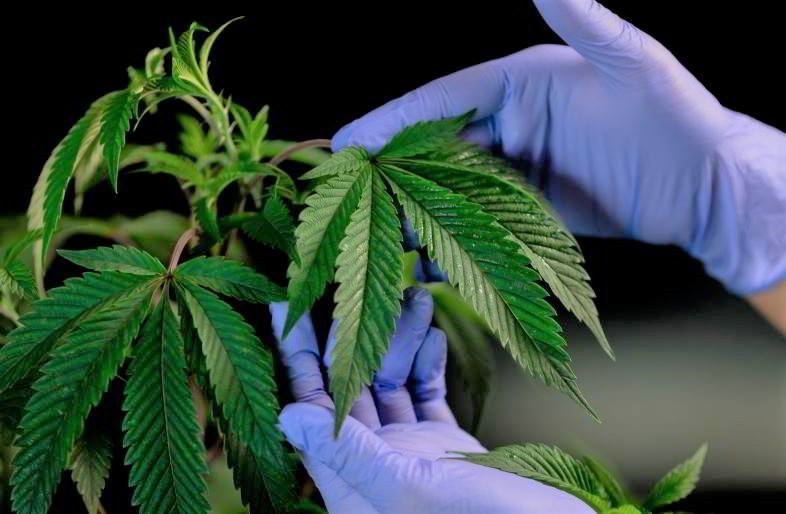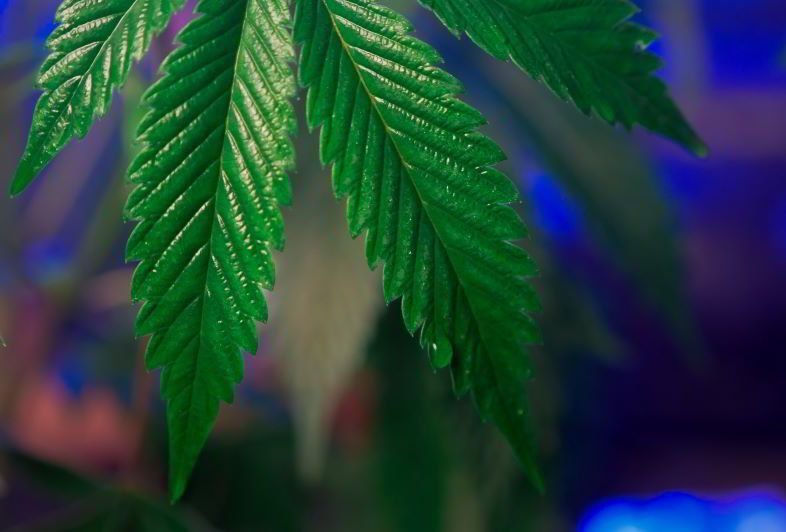Published on: 16/07/2021
Here is a 5-step guide to indoor hemp cultivation to satisfy all your curiosities on the subject.
Indoor cultivation of hemp, although involving a number of specific responsibilities and cares, can be very beneficial as it allows cannabis to be grown at any time of the year.
Whether a hemp grower decides to plant his weed seeds in December or July, he can achieve high quality harvests with this technique.
Are you curious about what is behind indoor cannabis cultivation?
In this article, you can find the answer to satisfy your curiosity, as we want to offer you a short guide to the indoor cultivation of this plant, for information purposes only.
We would like to remind you that growing cannabis is not permitted in France.
Here are the 5 stages of indoor hemp cultivation.
Indoor cultivation: what it is and what you need to practice it.
Indoor cultivation is the practice of growing hemp plants indoors, recreating the ideal environment for growing hemp by means of lamps, ventilation systems and many other tools.


The advantages of this cultivation technique are multiple, but mainly they are the following:
- it allows hemp to be harvested all year round and on a regular basis;
- it allows all the characteristics of the environment to be perfectly controlled, favoring the creation of quality harvests;
- it limits attacks by dangerous pests.
In order to grow cannabis successfully indoors, as well as starting with quality cannabis seeds, it is important to create the right environment, which allows perfect control over the amount of light, humidity and temperature.
Cannabis growers who cultivate indoors usually turn large rooms into grow rooms.
If, on the other hand, the number of plants grown is not very big, grow boxes are the ideal solution. These are small boxes that can be placed in even the smallest of spaces and are perfect for micro-growing.
If you wish to undertake indoor cultivation, you need all of the following necessary equipment:
- artificial light systems;
- extractor fan, ventilation system and active carbon filters;
- pots;
- substrate;
- fertilizers.
Before moving on to the guide on how to grow hemp indoors, it is also important to clarify that it can be done using two methods: soil growing and hydroponics.
Soil cultivation requires the use of a substrate consisting mainly of peat, coconut fibre or other mixtures.
Hydroponics does not use soil, but special mixtures themselves mixed with water are used to feed the plants.
Here are the five phases of indoor cultivation.
Read also: How to repot a marijuana plant: characteristics and care required for perfect repotting.
1) Choice of cannabis seeds.
There are many different varieties of online cannabis seeds on the market today, with different characteristics.
Whichever variety you decide to grow, it is important that it comes from quality marijuana seeds like BSF seeds.
Bad seeds may be too slow or they may result in weak and unproductive plants.
So yes to fast seeds, yes to Indica or Sativa seeds, as long as they are reliable seeds.
2) Germination phase: how to proceed?
There are several ways of germinating cannabis seeds, the most common being these two:
- Some growers wrap their seeds in damp paper towels and place them in a dark place until they open (about 3 days).
- Other growers sow their seeds directly on the ground.
Whichever type of seed you decide to buy (feminized seeds, auto-flowering seeds, etc.), it is important to pay attention to the germination stage as this will affect the appearance and strength of the plant.
In order to obtain healthy plants, hemp growers must remember that seedlings initially like humidity levels of around 65-70% and temperatures of around 20-25°.
3) Vegetative phase: Special care and the right nutrition make the difference.
Usually, the vegetative phase comes two weeks after germination and lasts 4 weeks.
During this growth phase, the temperature should be kept constant between 22 and 28° with the lights on and the humidity around 40-70%.
At night (when the lights are off), the temperature should be between 18 and 23°.
During the vegetative phase, the canapiculturists follow precise feeding programs, which aim to produce lush plants with bright green leaves and strong, healthy roots.


In particular, (preferably natural) nitrogen, phosphorus and potassium (NPK) fertilizers are used in the following percentages according to phase:
- first week > 4:2:3;
- second and third week > 10:5:7;
- fourth week > 7:7:7.
During the vegetative phase, training and defoliation are also carried out to improve the shape of the plant and to promote ideal light absorption.
4) Flowering phase: lots of attention and no more stress.
The flowering phase is the phase that gives the most satisfaction to growers, but only if the plant is not stressed by excessive training or decanting.
At this stage of indoor cultivation, it is important to keep the temperature of the room at around 26-20° and the humidity should always be within 50%.
It is also important to respect these parameters because the plant is particularly delicate in this phase, and it is essential to prevent mold and rot.
During the flowering phase it is also necessary to follow a well-balanced nutrition program, but in this case, the phosphorus supply is increased to promote flower development.
NPK fertilizers are used in these percentages:
- first and second week of flowering > 5:10:7;
- third and fourth week of flowering > 6:15:10;
- fifth and sixth week of flowering > 4:10:7.
5) Rinsing and harvesting: the decisive final stages.
Indoor cultivation also has a rinsing phase, which is very important to prepare the plants for the harvesting phase.
During the last two weeks, the growers only give the plants water with a controlled pH, so that they can use all the nutrients left in the roots.
This practice improves the aromas of the plant and thus, its quality.
During this phase, the room temperature should be lowered to around 18-24° and the humidity to 30-40%.
In addition to rinsing the roots, the canapiculturists also monitor the appearance of the trichomes at this stage. When 70% of them become opaque and the rest are a light brownish-amber color, they can be harvested.
Read also: Herbicide: effects on human health and cannabis plants
To conclude.
This was a brief guide to indoor hemp cultivation.
As you can see, each stage involves special precautions that are essential to have healthy and flourishing plants.
But of course, in order to obtain quality products, you need to start with the best seeds, such as those you can buy in our Sensoryseeds store for collecting purposes.
Visit our online store Sensory Seeds and complete your marijuana seed collection with our selection!









